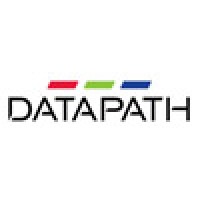
Datapath
Datapath Limited is a world leading innovator in computer graphics, video capture and digital display technology. Founded in 1982 and now distributing across 5 continents, Datapath has end customers in more than 100 countries Worldwide; covering multiple industries such as visual media, military, education, security and health care. Consistently meet standards of excellence with the delivery of quick and effective support, and providing unbeatable customer service for any specialised requirement. With Datapath’s expertise, quality focus and dedicated customer support make the products the first choice for customers requiring solid, high-reliability solutions.






